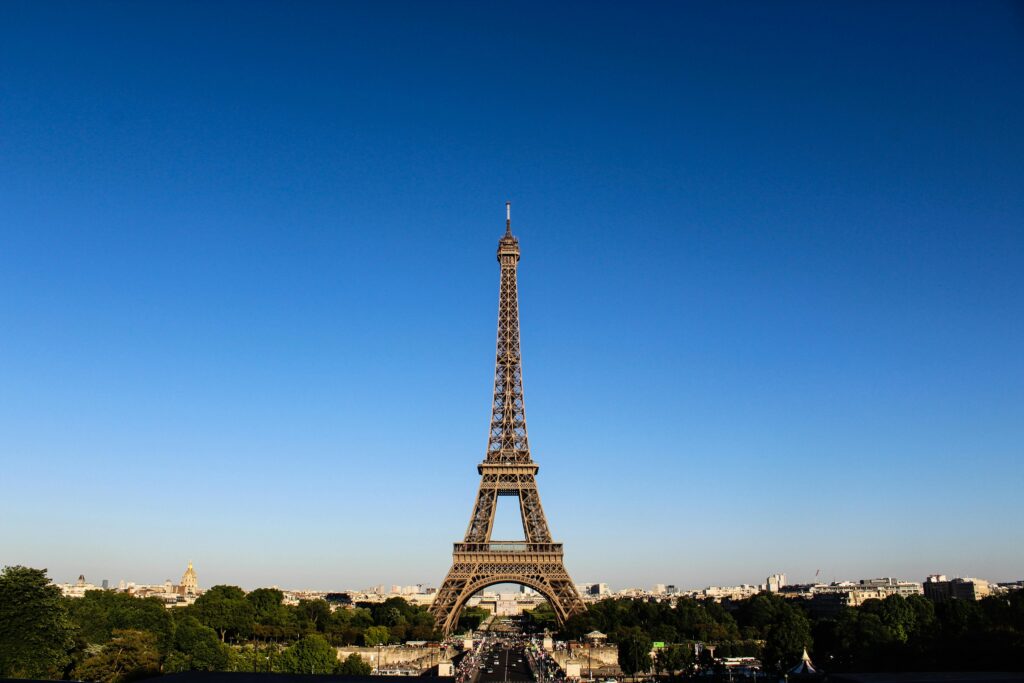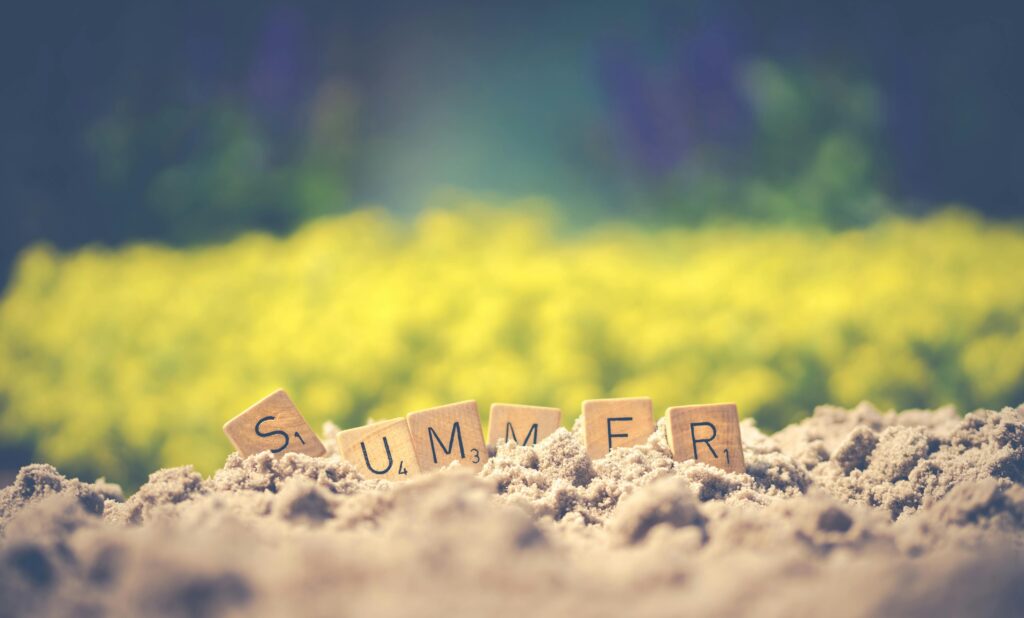Canada is a vast and diverse country that offers something for every traveler, whether you are looking for outdoor adventures, cultural experiences, or urban attractions. But when is the best time to visit Canada for a vacation? The answer depends on what you want to see and do, as well as your budget and preferences. Here are some general guidelines to help you plan your trip.
High Season: June to Mid-September
If you want to enjoy the warmest weather, the most activities, and the most festivals, then summer is the best time to visit Canada. This is the peak season for tourism, as you can explore the country’s 48 national parks, hike, bike, kayak, camp, fish, and see wildlife. You can also visit the beaches on the Pacific, Atlantic, or Great Lakes coasts, or enjoy the vibrant cities of Toronto, Montreal, Vancouver, and more.
Some of the highlights of the summer season include:
Celebrating Canada Day on July 1st, the country’s national holiday, with fireworks, parades, and concerts across the country.
Experiencing the Calgary Stampede, the world’s largest rodeo and festival, in mid-July, where you can watch cowboys, chuckwagon races, and live music.
Witnessing the Changing of the Guard ceremony at Parliament Hill in Ottawa, the nation’s capital, every morning from late June to late August.
Attending the Montreal International Jazz Festival, the world’s largest jazz festival, in late June and early July, where you can enjoy hundreds of concerts and performances.
Exploring the Niagara Falls, one of the world’s natural wonders, and taking a boat ride to the base of the falls or a helicopter tour over them.
However, summer also has some drawbacks, such as:
Higher prices for accommodation, transportation, and attractions, as demand is high and availability is low. You can expect to pay 30% more than in other seasons.
Larger crowds and longer lines at popular destinations, especially during weekends and holidays. You may need to book ahead and have alternative options in case of sold-out situations.
Hot and humid weather in some regions, especially in central and eastern Canada, where temperatures can reach over 30°C (86°F) and humidity can be uncomfortable. You may need to pack light clothing, sunscreen, and insect repellent.
Shoulder Seasons: April to May and Mid-September to October.
If you want to avoid the crowds and the heat, but still enjoy good weather and a variety of activities, then the shoulder seasons are the best time to visit Canada. Spring and fall offer milder temperatures, fewer tourists, and lower prices, as well as some unique attractions.
Some of the highlights of the shoulder seasons include:
Seeing the spring flowers bloom in April and May, especially the tulips in Ottawa, where the Canadian Tulip Festival takes place in mid-May, featuring over a million tulips in different colors and varieties.
Experiencing the fall colors in September and October, especially in the eastern provinces, where the maple trees turn into shades of red, orange, and yellow. Ontario and Prince Edward Island are among the best places to see the foliage.
Enjoying the surfing season on the Pacific coast, where the waves are at their best from September to November. Tofino, on Vancouver Island, is the surfing capital of Canada, where you can find surf shops, schools, and camps.
Celebrating Thanksgiving in October, the second Monday of the month, when Canadians gather with their families and friends for a feast of turkey, stuffing, cranberry sauce, and pumpkin pie.
Participating in the Oktoberfest in Kitchener-Waterloo, Ontario, the largest Bavarian festival outside of Germany, where you can enjoy beer, sausages, music, and dancing.
However, the shoulder seasons also have some drawbacks, such as:
Unpredictable weather, as it can change quickly and vary from region to region. You may encounter rain, snow, wind, or fog, depending on where you are and when you travel. You may need to pack layers, waterproof clothing, and warm accessories.
Limited availability of some services and facilities, as some attractions, tours, and accommodations may close or reduce their hours after the summer season. You may need to check the opening dates and times before you go and have backup plans in case of closures.
Low Season: November to March
If you want to experience the winter wonderland, the best time to visit Canada is from November to March. This is the off-season for tourism, as the weather is cold, snowy, and dark, but also offers some unique opportunities for winter sports, festivals, and northern lights.
Some of the highlights of the low season include:
Skiing and snowboarding at some of the best ski resorts in North America, such as Whistler, Banff, Lake Louise, Mont Tremblant, and more. You can enjoy the powder, the slopes, and the scenery, as well as the après-ski activities and nightlife.
Skating on the Rideau Canal in Ottawa, the world’s largest skating rink, where you can glide along the frozen waterway for 7.8 km (4.8 miles) and stop for hot chocolate and beavertails, a Canadian pastry.
Attending the Quebec Winter Carnival, one of the world’s most famous winter festivals, in February, where you can see ice sculptures, snow slides, parades, concerts, and the iconic Bonhomme, the snowman mascot.
Seeing the northern lights, or aurora borealis, in the northern regions of Canada, where the night sky is illuminated by green, purple, and pink lights. The best places to see them are Yukon, Northwest Territories, Nunavut, and Newfoundland and Labrador.
Visiting the Ice Hotel in Quebec, the only hotel in North America made entirely of ice and snow, where you can sleep in a cozy igloo, drink at the ice bar, and admire the ice art.
However, the low season also has some drawbacks, such as:
Freezing temperatures, as it can get as low as -40°C (-40°F) in some areas, especially in the prairies and the north. You may need to pack heavy clothing, boots, gloves, and hats, and be prepared for frostbite and hypothermia.
Shorter days and longer nights, as the sun sets early and rises late, especially in the northern regions, where it can be dark for most of the day. You may need to adjust your schedule and activities accordingly, and be aware of seasonal affective disorder (SAD).
Fewer options and higher prices for flights, as there are fewer domestic and international flights available in the winter, and they tend to be more expensive due to the holidays and the demand for ski destinations. You may need to book well in advance and compare different airlines and routes.
I hope you find this article helpful. If you have any feedback or questions, please let me know in the comments.


